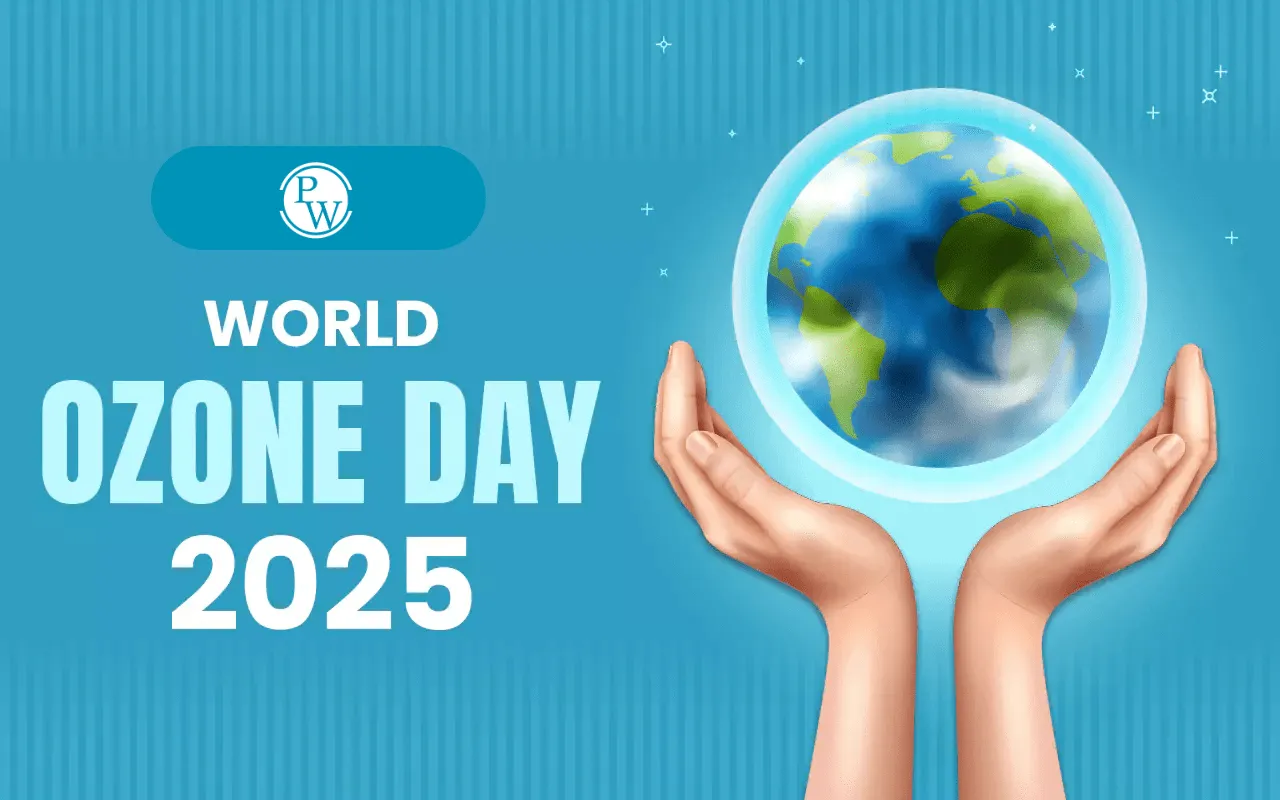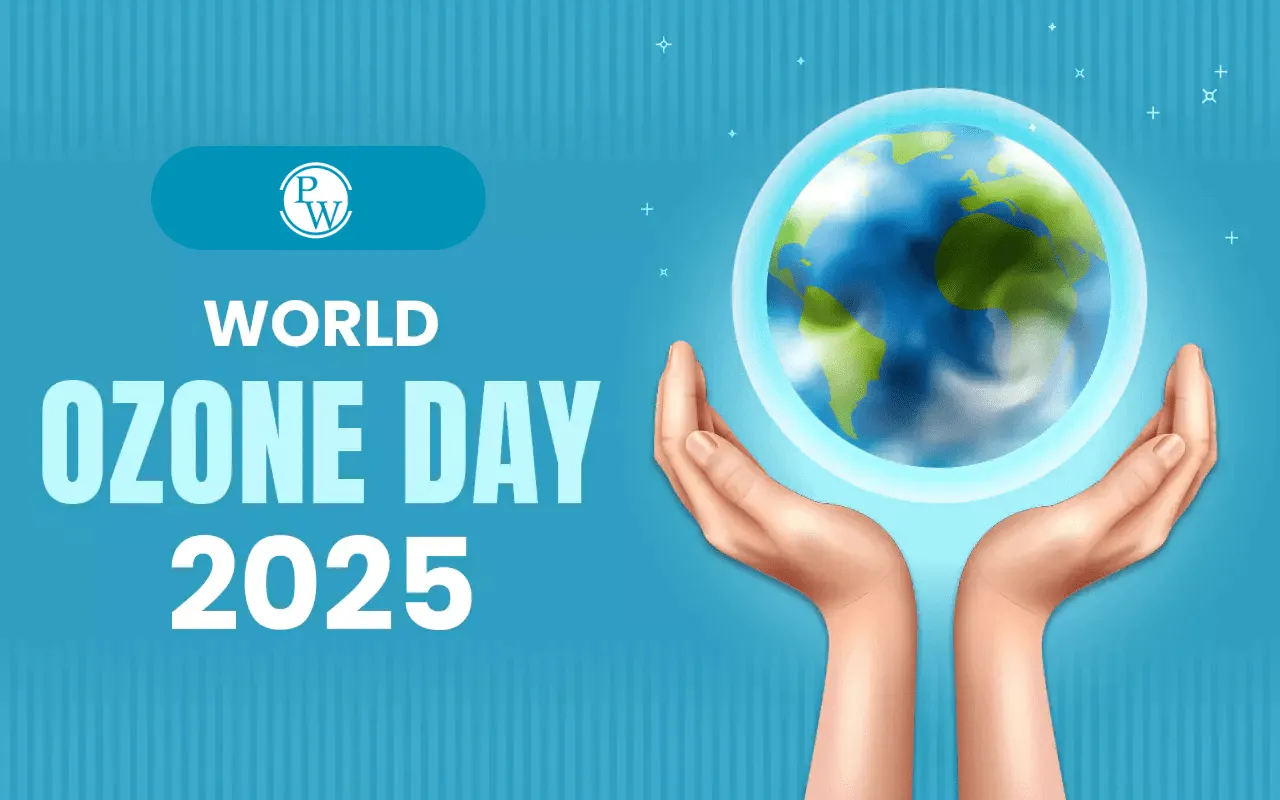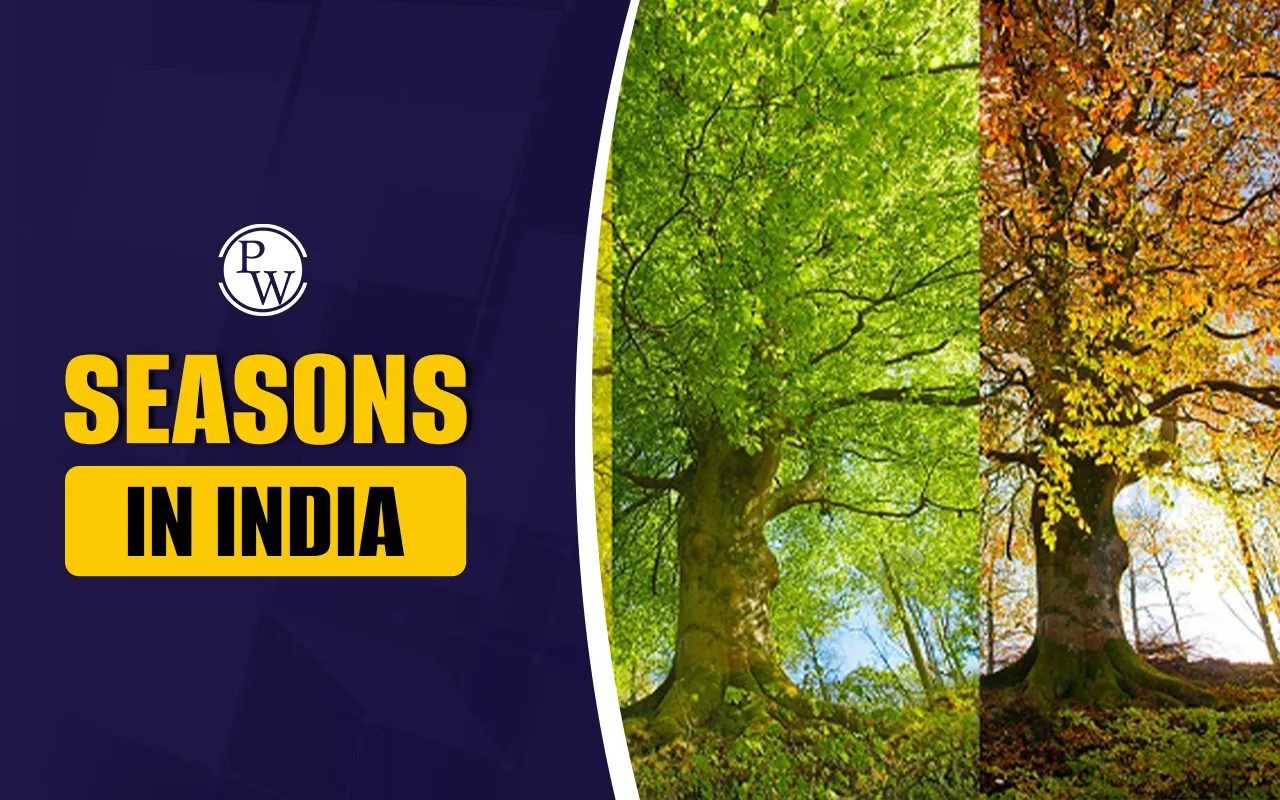
World Ozone Day 2025: The world annually comes together on September 16 to observe World Ozone Day. It is officially known as the International Day for the Preservation of the Ozone Layer. The day celebrates the global effort to protect the Ozone Layer. It is considered to be one of the most vital shields of Planet Earth.
World Ozone Day 2025 is a reminder of the global unity and scientific commitment that led to one of the most successful environmental treaties in history, the Montreal Protocol. It serves as an opportunity to reflect on past achievements and the present-day actions required to secure a sustainable future.
World Ozone Day 2025
World Ozone Day 2025 will be celebrated on Tuesday, September 16. This day was proclaimed by the United Nations General Assembly for the first time in 1994 to commemorate the signing of the Montreal Protocol on Substances that Deplete the Ozone Layer, which took place on September 16, 1987.
This day is used as a platform to raise awareness and inspire global actions against climate change. It also celebrates the success of international cooperation in addressing environmental concerns. The day is marked with different activities organized by the Government schools, NGOs, and communities worldwide, including the following:
-
Educational seminars and awareness programs.
-
Tree-planting campaigns to encourage sustainable practices.
-
Art competitions, debates, and science exhibitions in schools.
-
Social media campaigns promoting the importance of ozone protection.
-
Policy discussions highlighting the next steps in climate and environmental action.
World Ozone Day Theme 2025
The official theme to observe World Ozone Day 2025 is “From Science to Global Action”. The World Ozone Day 2025 theme emphasizes the role of global partnerships and innovation in protecting the ozone layer and addressing climate change.
The theme highlights the journey of the ozone protection movement, starting from the scientific discovery of ozone depletion to the successful signing of the Montreal Protocol. The Protocol was signed and ratified by almost all the countries in the world to phase out ozone-depleting substances and protect the ozone layer.
Ozone Layer
The ozone layer is a region of the Earth’s stratosphere that contains a high concentration of ozone (O₃) molecules. It is located about 10 to 50 kilometers above the surface of the Earth. The layer acts as a protective shield by absorbing most of the sun’s ultraviolet radiation.
The ozone layer had remained stable for millions of years. However, in the 20th century, human activities began to deplete the layer. Several ozone-depleting substances, like chlorofluorocarbons (CFCs) and halons in refrigerators, air conditioners, and aerosol sprays, led to widespread thinning of the ozone layer.
Scientific research in the 1970s and 1980s brought global attention to ozone depletion. Governments, scientists, and organizations realized the need for urgent action to protect the ozone layer.
Ozone Hole
The ozone hole refers to the thinning of the ozone layer, primarily over Antarctica. The phenomenon was discovered in the mid-1980s, which shocked the world and sparked international action.
The ozone hole forms when ozone-depleting substances enter the stratosphere and undergo chemical reactions in the presence of polar stratospheric clouds. Such reactions release chlorine and bromine, which rapidly destroy ozone molecules. Some of the key facts related to the Ozone Hole are as follows:
-
It appears every year during the Antarctic spring (September to November).
-
The largest recorded ozone hole was in 2006, covering nearly 29 million square kilometers.
-
Though recovery is underway due to global agreements, the hole continues to appear annually, though it is shrinking in size and severity.
Montreal Protocol
The Montreal Protocol on Substances that Deplete the Ozone Layer was signed on September 16, 1987. It is considered one of the most successful international treaties in history. It was adopted by 197 parties and committed nations to phasing out the production and consumption of ozone-depleting substances. The protocol was strengthened further with the Kigali Amendment to the Montreal Protocol in 2016. It targeted hydrofluorocarbons (HFCs), which are potent greenhouse gases contributing to climate change. The Amendment demonstrated the evolution of the Montreal Protocol to become a broader tool for environmental protection. Some of the achievements of the Montreal Protocol are as follows:
-
Phasing out nearly 99% of ozone-depleting substances.
-
Preventing millions of cases of skin cancer and cataracts.
-
Protecting ecosystems and food security.
-
Encouraging innovation in safe alternatives to harmful chemicals.
Scientists, at present, believe that if the Montreal Protocol is continued, the ozone layer will be restored to the pre-1980s levels by the middle of the 21st century. It is considered to be a remarkable global achievement and demonstrates the power of collective action against environmental challenges. World Ozone Day 2025 is a reminder of this achievement
Explore UPSC Courses by PW to master topics for the UPSC Prelims and Mains Examinations. Start preparing smart today!
World Ozone Day 2025 FAQs
When is World Ozone Day 2025 celebrated?
What is the theme of World Ozone Day 2025?
Why is the ozone layer important?
What is the Montreal Protocol?
What is the ozone hole, and where does it occur?












